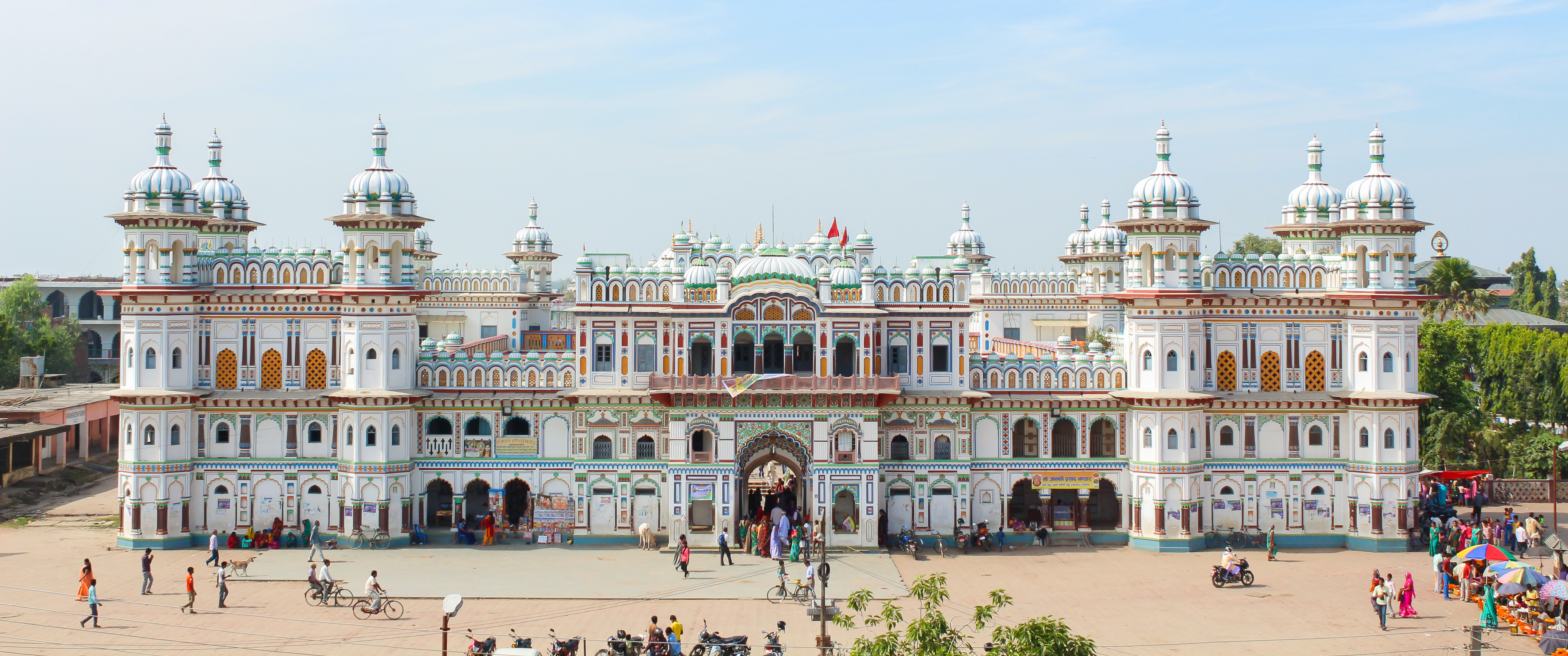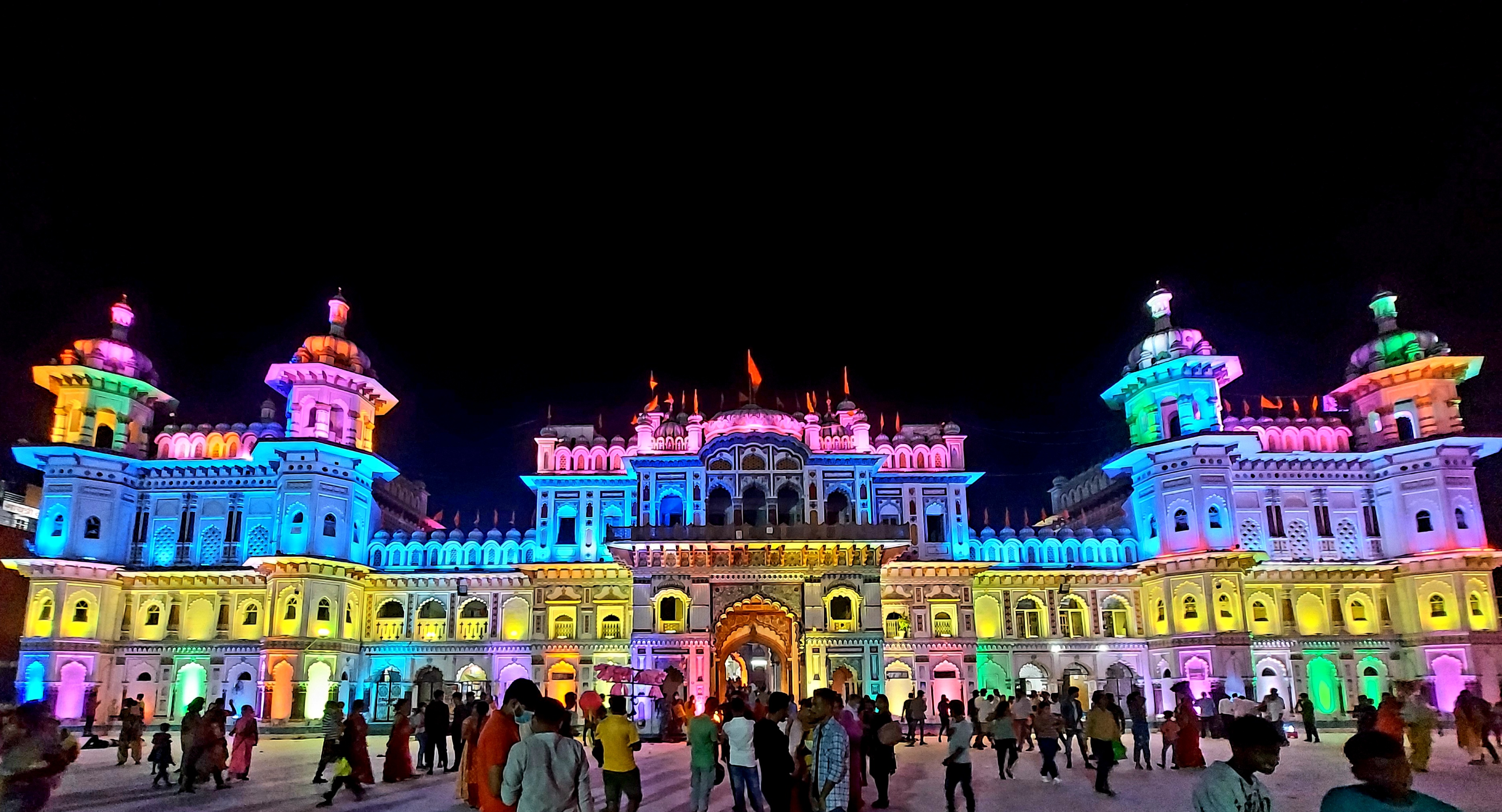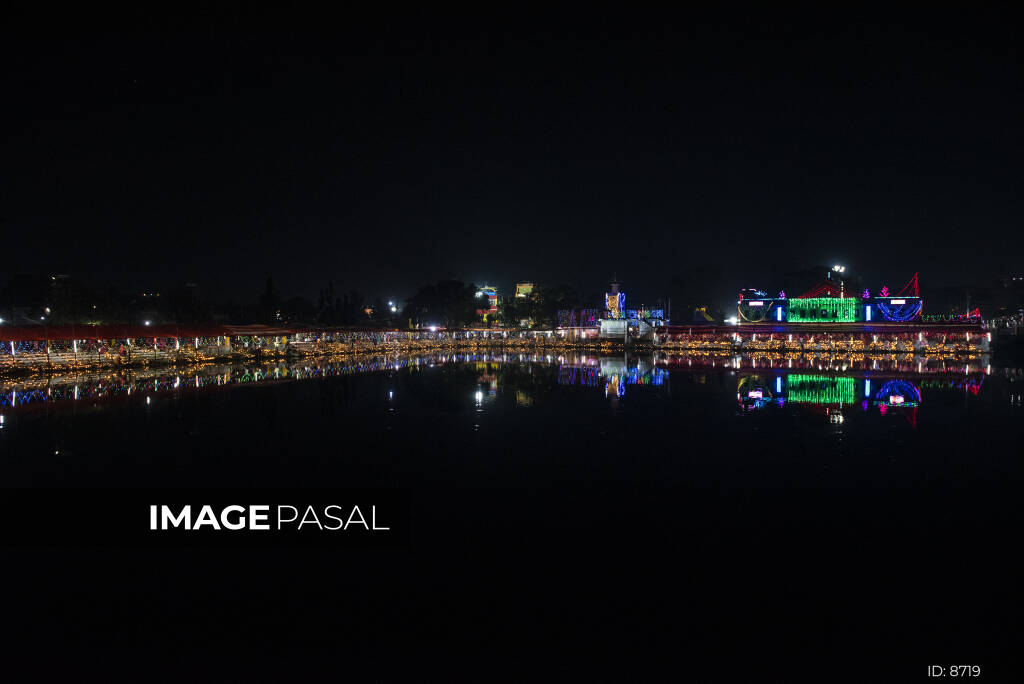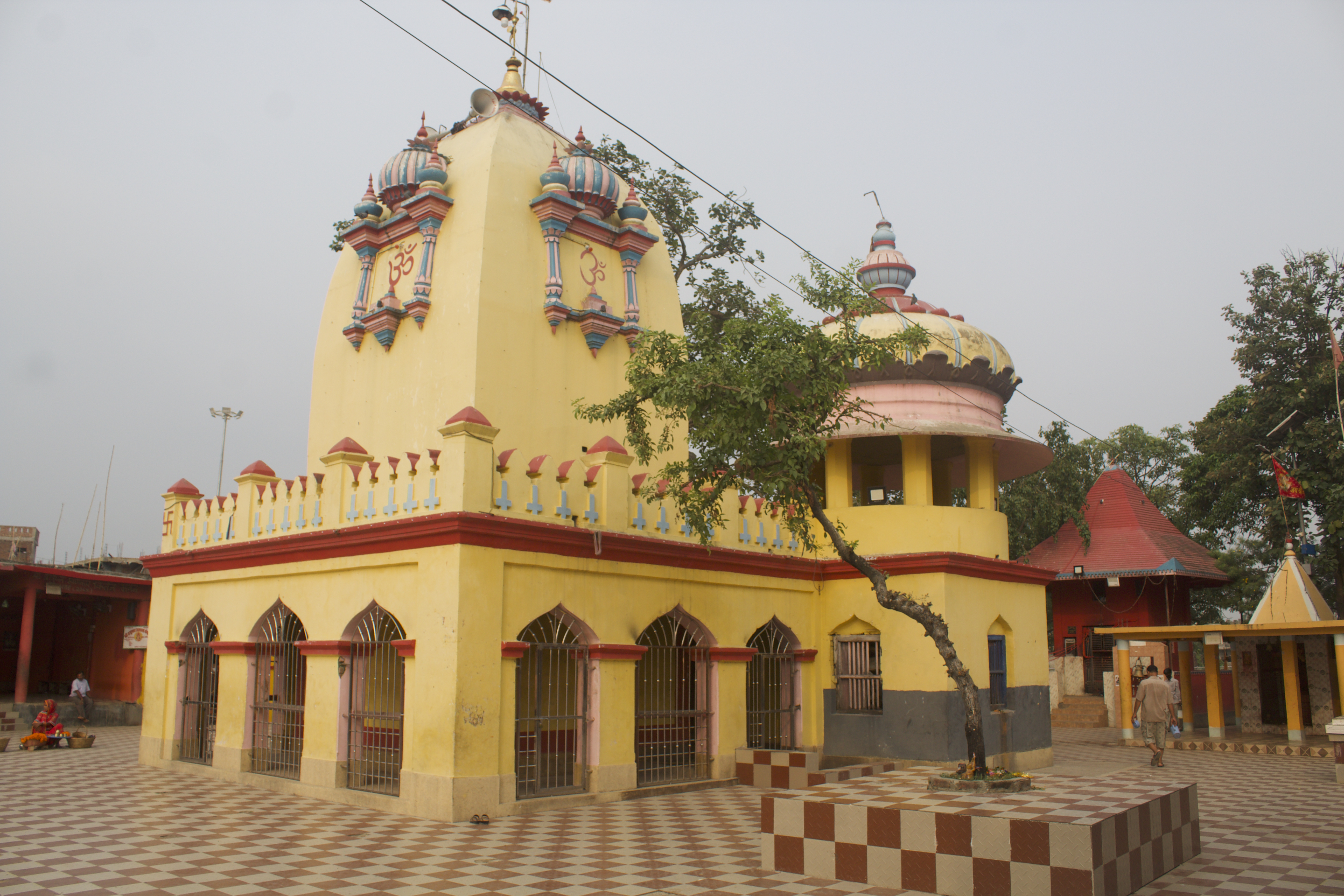Janakpur Dham | City of Ponds
Janakpur, also known as Janakpurdham, is a historic city in Dhanusa District of Nepal, about 225 km south-east of Kathmandu. It is one of the most sacred cultural and religious destinations in Nepal, famous for its vibrant Mithila culture, breathtaking temples, and serene ponds. Surrounded by the rivers Dudhmati, Jalad, Rato, Balan, and Kamala, Janakpur is often called the "City of Ponds".
Janaki Mandir



Dedicated to Goddess Sita, Janaki Mandir is also known as Nau Lakha Mandir as it cost nine lakhs to build. Constructed in 1911 by Queen Vrisha Bhanu of Tikamgarh, the temple blends Mughal and Hindu architecture. With 60 beautifully decorated rooms adorned with Mithila art and glasswork, it is the crown jewel of Janakpur.
Ram Mandir



Ram Mandir, built in classic pagoda style, is dedicated to Lord Ram. During festivals like Ram Navami and Vivaha Panchami, the temple is decorated beautifully and visited by thousands of pilgrims. It is considered one of the most important places of worship in Janakpur.
Vivaha Mandap



Vivaha Mandap is the sacred site where the legendary wedding of Lord Ram and Goddess Sita took place. The structure is artistically built, symbolizing the cultural richness of Mithila. Every year, Vivaha Panchami festival is celebrated here with grandeur.
Ganga Sagar


Ganga Sagar is one of the most sacred and well-known ponds in Janakpur, carrying deep religious and cultural significance. According to legend, King Janak brought holy water from the sacred Ganga River to fill this pond, making it a revered site for devotees.
During major festivals, especially Chhath and Makar Sankranti, thousands of pilgrims gather here to take ritual baths, perform religious ceremonies, and seek blessings. The pond is beautifully illuminated at night, creating a magical atmosphere with shimmering reflections across the water.
Visitors can also enjoy peaceful boat rides and witness the mesmerizing evening aarti performed by the ghats, which leaves a lasting spiritual impression. Ganga Sagar is not only a holy site but also one of the most scenic and vibrant places to experience the cultural soul of Janakpur.
Dhanush Sagar


Situated near Ram Mandir, Dhanush Sagar is a legendary pond said to be formed by a fragment of Lord Shiva’s bow that broke during the Sita Swayamvar. Pilgrims bathe here before visiting temples, making it an essential part of Janakpur’s spiritual circuit.
Bhootnath Temple, Swargdwar

Bhootnath Temple is located in the southern part of the Gangasagar. It is also called Swargdwari of Janakpurdham. Shiva Parvati statue, shankha ghanta, Kaal Bhairav mandir is visible in this temple. This temple is 345 ft in length and 125 ft wide. This place looks like a very beautiful garden with diversity of flowers and trees. This place is also crematorium (samsanghat). There is arrangement of wood and other related items for use in the premises. There is also a place for people attending funeral. On one side, a view of Lord Shiva Parvati’ and Bhoothnath Nath temple and on the other end corpse burnt connects philosophically.
Ratna Sagar


Another famous pond in Janakpur, Ratna Sagar is surrounded by small temples and bustling local markets. It offers a perfect glimpse of local life, with devotees performing rituals along its ghats. Early mornings here feel serene and spiritually uplifting.
Mithila Art Center

Janakpur is the heartland of Mithila Art. At the Mithila Art Center, visitors can witness women artists painting traditional motifs on paper, cloth, and walls. These paintings reflect themes from Hindu epics and daily village life, making them popular souvenirs and cultural treasures.
Dhanusha Dham

Dhanusha Dham is a sacred pilgrimage site located about 18 km northeast of Janakpur. It is believed to be the place where a fragment of Lord Shiva’s legendary bow, the Pinaka Dhanush, fell after being broken by Lord Rama during the swayamvar of Goddess Sita. This holy relic is preserved in the temple premises, attracting thousands of devotees every year. Surrounded by peaceful villages and green fields, Dhanusha Dham is not just a spiritual destination but also a cultural landmark of Mithila. Pilgrims visit this temple especially during festivals like Makar Sankranti and Ram Navami, when the site is filled with prayers, chants, and vibrant celebrations. Visiting Dhanusha Dham offers a unique blend of mythology, devotion, and serenity, making it one of the most revered places in the Janakpur region.
Jaleshwar Nath Mahadev Mandir


Located 18 km from Janakpur, Jaleshwar Nath Mahadev Mandir is an ancient shrine dedicated to Lord Shiva. It is believed that water continuously flows over the Shiva Linga, giving the temple its name. Devotees flock here during Shivaratri and Mondays.

